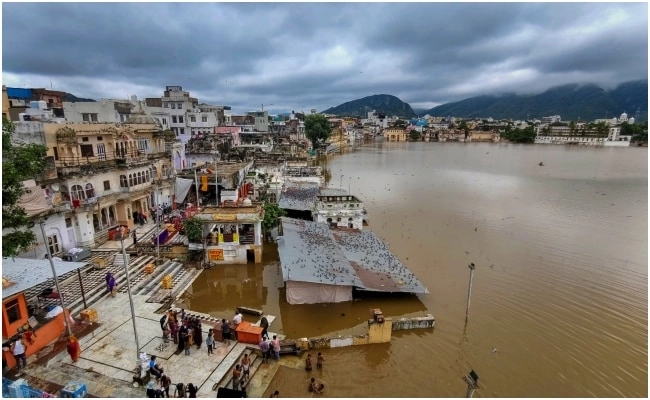Rajasthan has recently experienced a remarkable weather phenomenon, marking the wettest July in 69 years, with the state receiving a substantial average rainfall of 285 mm. This significant downpour not only breaks long-standing records but also brings relief to the region, which is often characterized by its arid climate. The heavy rainfall has been attributed to the influence of the southwest monsoon, which has been particularly active this year, contributing to the unprecedented levels of precipitation across various districts in Rajasthan.
The implications of this rainfall are multifaceted. For farmers, the abundant water supplies can lead to improved crop yields and a boost in agricultural productivity, especially for those who rely on rain-fed irrigation. However, the sudden surge in rainfall also raises concerns about potential flooding and waterlogging in low-lying areas, which could adversely affect infrastructure and lead to landslides in hilly regions. Local authorities are now tasked with managing the balance between benefiting from the water and mitigating the risks associated with heavy rain.
Moreover, this unusual weather pattern highlights the broader impacts of climate change, which is increasingly influencing weather systems around the globe. The intensity and frequency of rainfall events are becoming more erratic, posing challenges for disaster management and urban planning. As Rajasthan grapples with the consequences of this record-breaking July, it serves as a reminder of the need for adaptive strategies to cope with changing climatic conditions. Community awareness and preparedness are essential in minimizing the adverse effects of such extreme weather events in the future.
In summary, the record rainfall in Rajasthan this July showcases both the blessings and challenges of nature. While it provides much-needed water to the parched land, it also necessitates careful monitoring and planning to ensure that the benefits are maximized and the risks are minimized. As the state moves forward, the lessons learned from this extraordinary weather event will be crucial in shaping its response to future climatic challenges.




